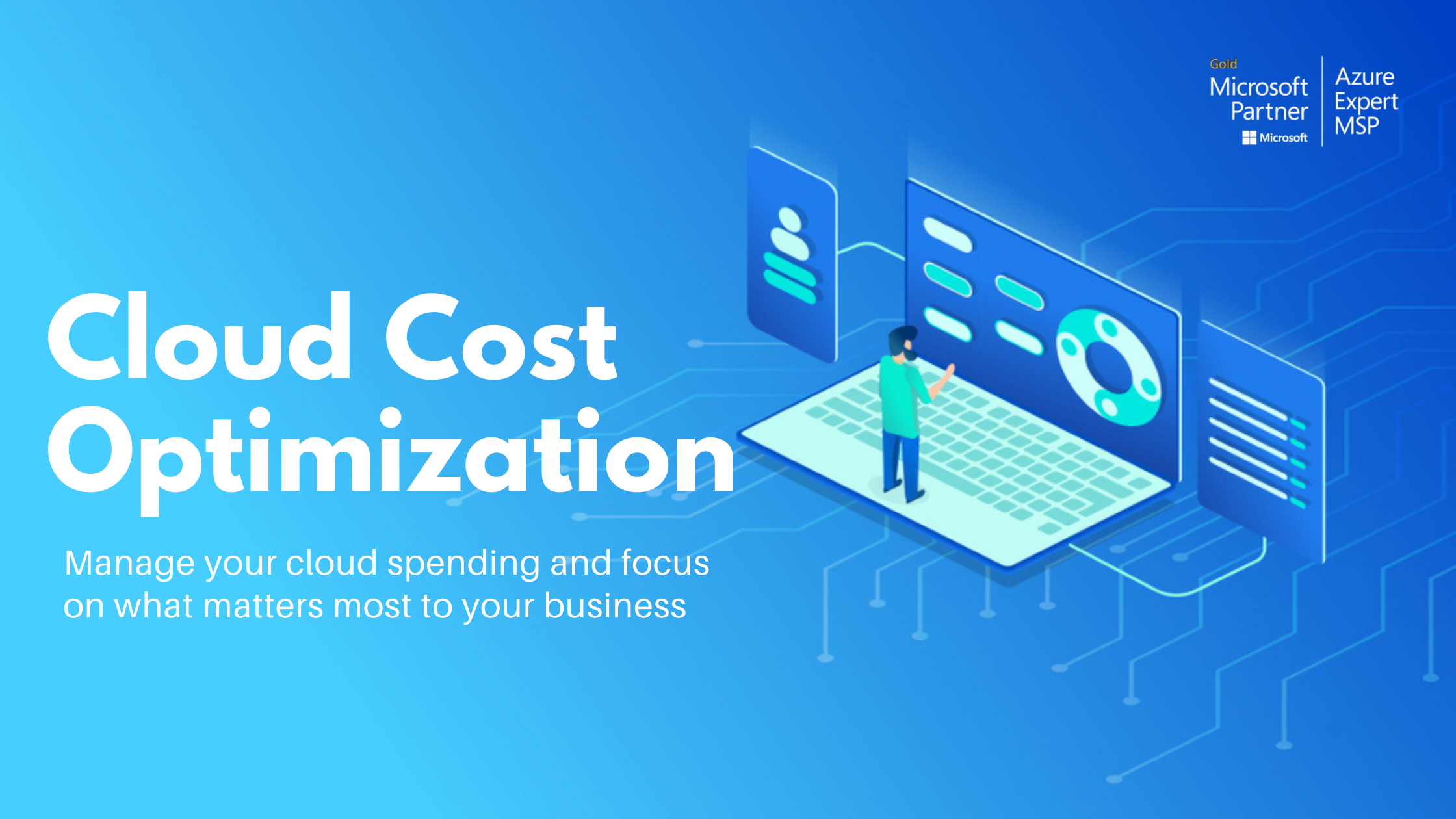Don’t Get Burned: How to Optimize Your Costs in Azure
One of the primary benefits of migrating to the cloud is the pay-as-you-go model. This shift from a CAPEX to an OPEX model, minimizing upfront IT expenses and creating a level of business agility that was previously impossible before cloud technology.
But simply changing from one spending model to another does not equate to cost savings or a reduction in spending. Without spart cost management and optimization, companies can find themselves unpleasantly surprised by their monthly bills.
To get the most of out a cloud investment, there are a couple of pitfalls to avoid and several strategies that organizations can leverage to ensure maximum cost savings.
Pitfall #1: Using too many cloud providers
It’s not uncommon for organizations to acquire new cloud services with reckless abandon. It makes sense – why limit yourself to just one cloud provider when you can have the best of all worlds?
But with new providers comes a proliferation of complexity, which can harder to predict costs, and also increase them. The end result of adding new providers with wanton abandon can be the nullification of the benefits you hoped to gain from the cloud in the first place. Flexibility, innovative new technology, and cost savings won’t be realized if your various platforms aren’t kept track of.
Pitfall #2: Neglecting to put together a cost governance strategy
“Only pay for what you use.” It’s a beautiful idea touted by every major cloud provider. And it’s true – but only when you use what you pay for.
One of the most common sources of cloud overspending is paying for tools and services you aren’t using. After all, it’s easy for developers to spin up the biggest VM they can find, and then forget to delete the data.
Paying as you go is great, so long as you have a strategy in place to make sure that services that are no longer in use get shut off. Ensure you have proper policies and good cost governance in place before adopting new cloud services – and if you don’t already have these, now is the time to create them.
Cost optimization strategy #1: Azure reserved instances
A simple but effective method for optimizing your costs, Azure offers several reserved instancing options. Discounts range from a one-year reservation, which grants you between forty and forty-five percent off most VMs, to three-year reserved instances which can net a deal of up to sixty-five percent off.
There’s also spot pricing, which lets you bid for available capacity on Azure. While this can result in discounts of up to ninety percent, instances can be interrupted with no notice, making spot pricing suitable only for certain types of workloads.
Cost optimization strategy #2: Take advantage of the Azure Hybrid Cloud Benefit
Already have a Windows Server or SQL Server license that you’re using on-premises? You’re in luck – the Azure Hybrid Benefit program lets you bring these licenses with you to the cloud.
Azure VM costs factor in the expense of Microsoft licenses by providing a discount on Windows Server VMs, managed SQL Database services, and SQL Service VMs.
Additionally, organizations receive three years of free security updates when migrating Windows and SQL Server to Azure.
Cost optimization strategy #3: Price Matching
Considering AWS? Think again. Microsoft will match any AWS comparable services, with prices adjusted every three months according to AWS price movements. Matching is available for services such as Linux VMs (AWS EC2), Block Blob Storage, both ZRS HOT and COOL (Amazon S3 Standard and Standard-Infrequent Access), and Azure Functions (AWS Lambda).
Cost optimization strategy #4: Azure Cost Management
The free Azure portal tool collects data and enables analysis of your Azure spending. This includes tools such as Cost Calculator, Cost Analysis, Azure Advisor, Azure Budgets, and Azure Cost Management, all of which let you track resource use and Azure-associated expenses.
Cost optimization strategy #5: Shifting Workloads to Containers
Due to the fact that containers are more lightweight than VMs, you can run several of them – and the applications inside – on a single host. It’s recommended that you consider transitioning applications from Azure VMs and repackaging them as containers using a service such as Azure Kubernetes Service (AKS).
Cost optimization strategy #6: Optimizing Azure Storage Costs with cloud volumes ONTAP
NetApp’s Cloud Volumes ONTAP is an excellent resource for anyone looking to optimize their cloud spending. ONTAP supports up to 368TB and works for uses cases such as databases, DevOps, file services, and a variety of other enterprise workloads.
ONTAP is particularly useful for storage efficiency features, such as data compression, deduplication, and provisioning, enabling the optimization of Azure storage services and a reduction in storage footprint and associated costs of up to seventy percent.
Cost optimization and governance in the cloud isn’t simple. For this reason, managed service providers are stepping up to bridge the knowledge gap. Contact Hanu today to find out how you can maximize your Azure Cloud investment.




